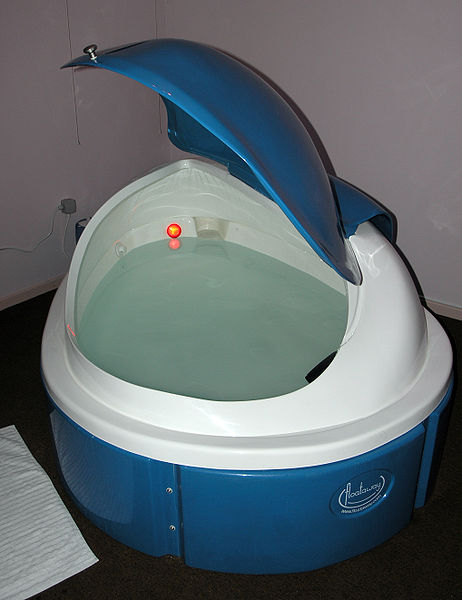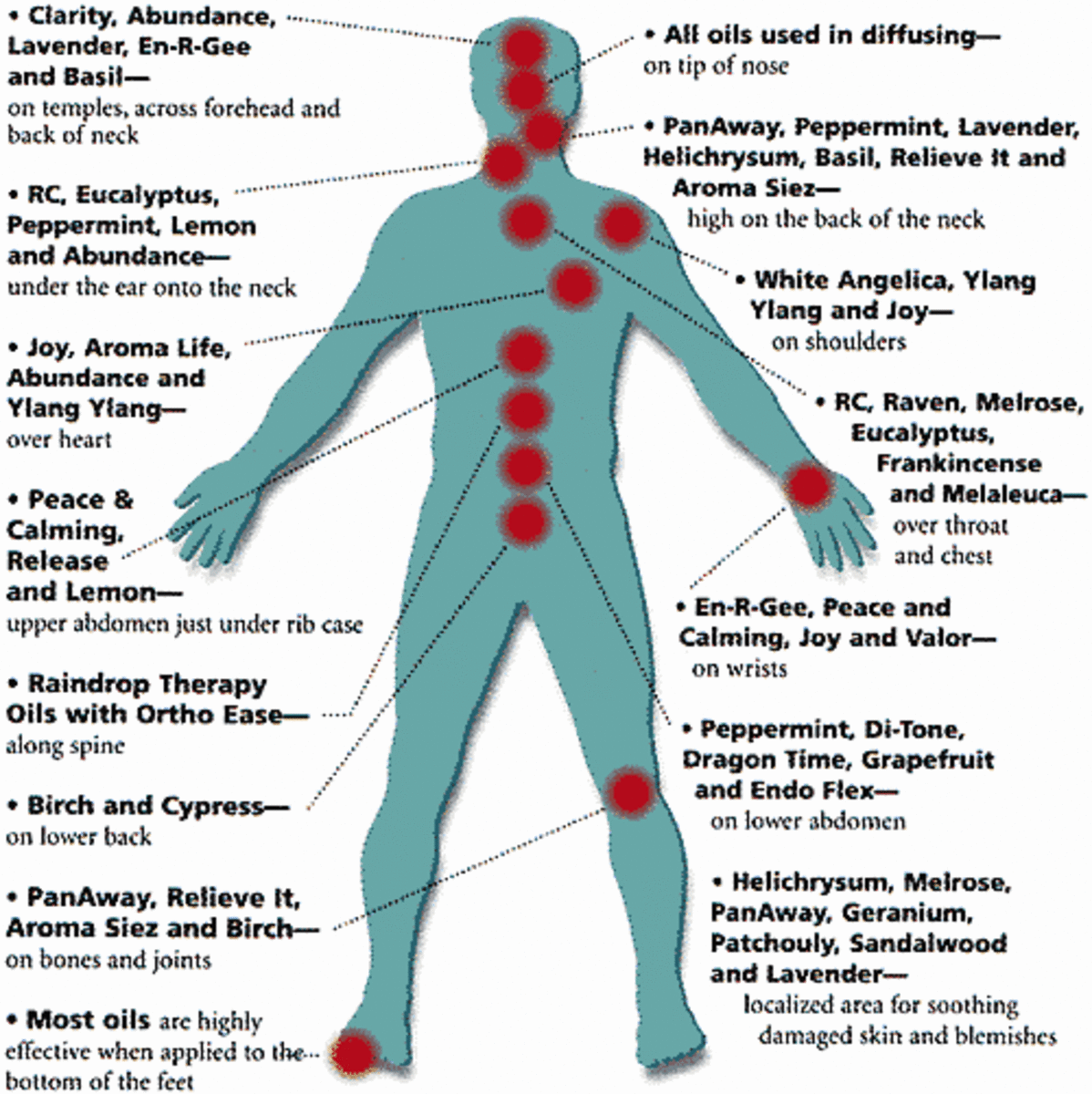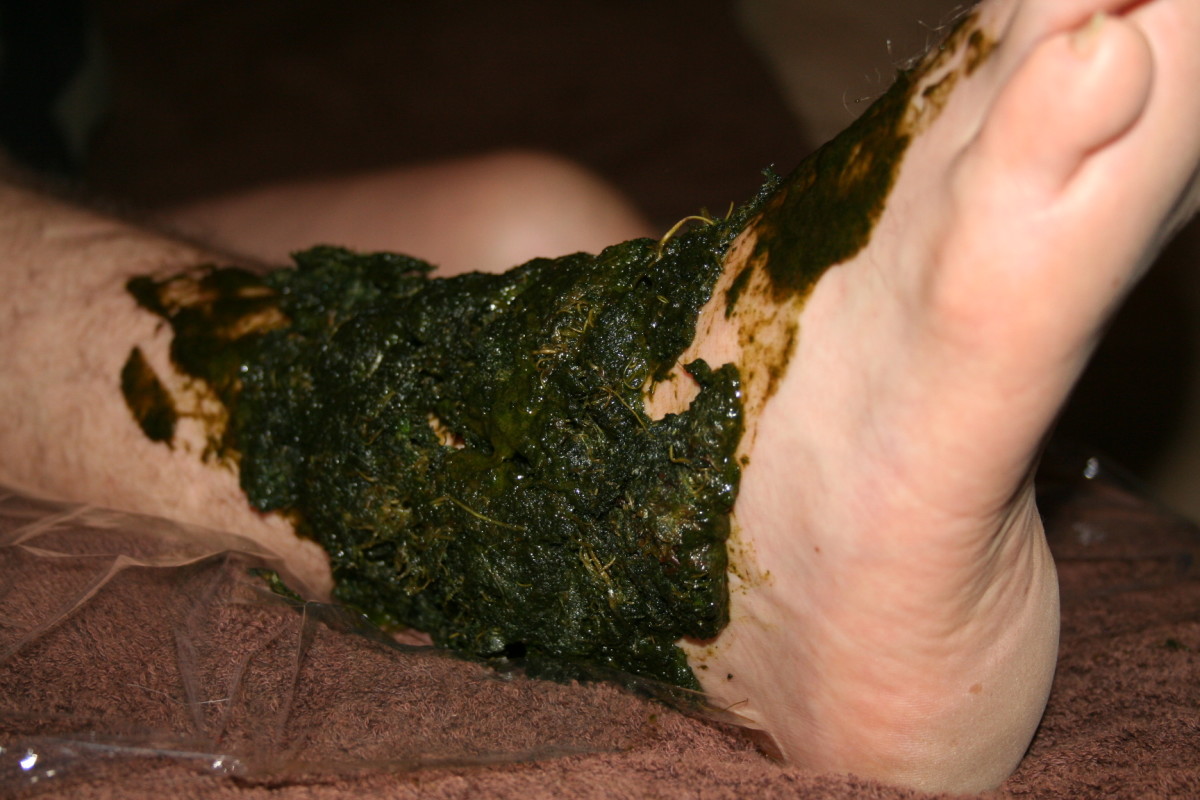Flotation Tank Therapy - A Review

For my birthday a few years ago I received a voucher for a session in a flotation tank.
Effects of floating...
ITV interview about floating
Taking The Plunge
I wasn't sure about it, not having heard about floating before, and the idea of being shut inside a tank sounded rather claustrophobic. But I love the idea of anything that claims to be able to put me in "the deepest state of relaxation possible"(1).
And not one to pass up a free ticket, I gave it a go! And well, let's just say that I shall be dropping hints about floating for Christmas...
When I arrived at the Floatworks flotation centre in Central London, I was greeted by some friendly people who gave me some slippers to wear and asked what kind of music I would like to relax to for the first ten minutes of my float. I could choose from various chill-out options, such as the music of the rain forest, whale song, pan pipes and chanting. I was then shown to my private flotation room, which contained a flotation tank and a shower.
A flotation tank is a small, plastic capsule, filled with water and disolved epsom salts, heated to skin temperature. The capsule is roughly the size of a bed, and it has a lid which you can open or close as you wish. The high concentration of epsom salt allows you to float on the surface of the water.
Some Pre-Float Advice
Before embarking on my float I was given the following advice:
- You are asked to shower before and after your float - before, to ensure that the water you're floating in is nice and clean, and afterwards to wash away all the salt and continue the relaxing experience!
- If you have any open wounds on your body, you should cover them with Vaseline (which is provided), otherwise the salt might make them sting. You should also avoid getting any water in your eyes.
- The lid of the flotation tank can be operated using a button inside the tank. Although it's recommended that you close it for the best floating experience, if you're uncomfortable with this then you can leave it open, or open it whenever you wish.
- The float lasts for one hour, and when the hour is up, the chill-out music will come on again.
- For the most relaxing experience you'll want to shut out all noise and light (in order to get as close as possible to total sensory deprivation). To this aim, you're provided with ear plugs, and can turn off the lights inside the tank if you wish to.
- You can wear a swimsuit if you want to, but for the best floating experience it's recommended that you float naked so that nothing gets between your skin and the perfectly heated water. (All float rooms are lockable).
- If you fall asleep that's fine, many people do. The water is so buoyant that you are in no danger of sinking!
- You are in control of practically everything, but if you have any problems you can talk to staff through a speaker inside the tank.
Relaxing Into It
Left by myself, I started to feel a little nervous, but a nice warm shower helped me to relax. I decided to float without any clothes on as I wanted the experience to feel as natural as possible. Stepping into the flotation tank, the water felt warm and inviting. I tentatively lowered myself into the water and lay down.
The water easily supported my weight, and there was so much salt in there that sinking was a total impossibility. I did some experiments where I tried to keep my arms or legs on the bottom of the tank, but they just bobbed up again. If you've ever floated on the Dead Sea, the feeling is exactly the same; the best way I can describe it is a cross between floating on your back in a swimming pool, and flying!
Shortly after entering the pod, the chill-out music began. At this stage I was still too busy exploring my slightly strange surroundings for the music to have its intended effect. While the pan pipes played, I was experimenting with the buttons that I had at my disposal; one controlled the lights, the other raised and lowered the lid. I'm not claustrophobic, but I wanted to be confident of which button was which.
Once I'd mastered this, my next activity was bouncing off the walls! I knew that I was supposed to be relaxing, but as you lie floating, your body tends to drift, and part of you ends up touching one of the walls. So for a while it was enormous fun to push myself from one wall to another! As I played around, I became more relaxed with the idea of floating in a small, dark space.
I don't know how much time passed before I actually found myself relaxing. Just floating around is such an amazing experience. You feel completely weightless, and because the water is the same temperature as your skin you aren't really aware of the water being there.
Although the sensory deprivation involved in this therapy may sound a bit scary, there is something to be said for being cut off from everything. Just for a little while you can forget about the outside world and any worries that you might have. Although I couldn't get my brain to relax enough to fall asleep, my body felt totally relaxed, and I felt happy and contented in my little pod.
Before long, the pan pipes started up again and some lights went on. It was time to get out. Still in a bit of a dream-like state, I had my second shower.
Did I Do It Right?
I was surprised not to have fallen asleep during my float, but speaking to the staff afterwards I found out that this was normal, especially as it was my first float. Apparently the more you do it the more relaxed you get each time.
How Do You Feel After Floating?
As I stepped out of the float centre into the outside world I felt optimistic and cheery. This was partly because it was a lovely sunny day and I had taken the rest of the day off work to go shopping and wander around London!
But it was mainly because of the way I felt within myself. Even though I hadn't reached a meditative state while I'd been floating I now felt more relaxed than I had felt in a long time, maybe ever! It sounds difficult to believe, but all my worries suddenly seemed trivial and everything felt so light.
I also noticed some dramatic physical changes. My muscles, usually tense from the stresses and strains of life, and from being hunched in my uncomfortable work chair, felt completely free. I couldn't remember when they'd ever felt like that before! It was a very unusual and welcome feeling.
After my lovely floaty day, I went home happy, and had the best night's sleep in ages.
Although I had only gone for a single session the effects of my float actually lasted for a lot longer than that day. For months afterwards, whenever I needed to relax, just thinking about my float could take me back to that state of complete relaxation and peace. People compare this feeling that you get from floating to "the state-of-mind that Buddhist monks try to reach through hours of meditation and years of training"(3) It is blissful!
Even now, writing and thinking about my float is bringing back that relaxing sensation, although not as powerful as it was. It's as if once your body has experienced that feeling it doesn't forget it, and you can trigger it just by thinking about it.
So, I'm thinking that it's been a while now since I floated. My body could do with a bit of a reminder, and it would be the perfect antidote to this cold wintery weather!
Sources for this Hub:
(1) and (3) - http://floatworks.com/floatation/how-float-tanks-work
(2) - http://www.floataway.com/index.php/floating
Where Did This Floating Idea Come From?
Flotation tanks (also known as isolation tanks) were developed in 1954 by John C. Lilly, a physician, physchoanalyst, philosopher and writer, who was investigating the nature of consciousness.
A by-product of Lilly's research was the discovery that the subjects of his experiments enjoyed the sensation of floating and "reached levels of relaxation only seen in deep meditation"(2)
Floating for relaxation began commercially in the 1980s, and its popularity increased. These days there are float centres all over the world, and flotation tanks can also be found in health centres, hospitals and spas.
NASA also uses isolation tanks to simulate the state of zero gravity and prepare astronauts for the experience of being in space.
- John Lilly - The Inventor of the Flotation Tank
CJ Stone reveals how a neuroscientist's research into consciousness lead him to take vast quantities of LSD and ketamine in his invention - the first flotation tank - Wonder of the Flotation Tank | polarimagazine.com
After Experiencing a Flotation Tank for the first time, Polari's Editor Decides to Find Out More about this Incredible Form of Relaxation.
Come join the HubMob!









